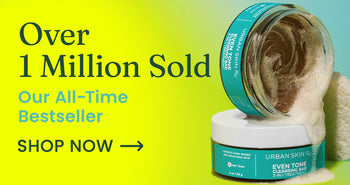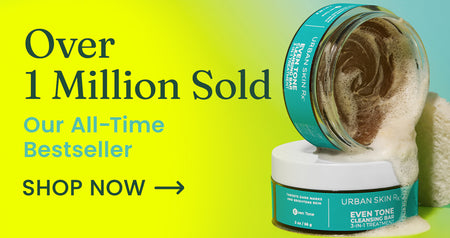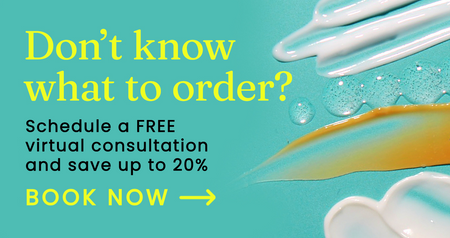Breakouts: What Type of Acne Do You Have?

Let’s talk about pimples. Just like the ex you can’t get rid of, they keep popping up. They’re embarrassing, tend to follow us around and show up uninvited. That being said, breakouts are a normal part of life and we have to learn how to deal with them when they decide to show up.
Pimples, otherwise referred to as acne or a breakout, are the pesky bumps that appear due to an increase in sebum, trapped dirt or excess dead skin cells beneath the skin’s surface. However, not every pimple is the same and you shouldn’t treat them as such.
Instead, you should identify the type of breakout you’re having. Assess potential causes such as diet, hygiene, hormone imbalances, genetics, or stress. Seek advice from a skincare expert or licensed dermatologist.
As with many skincare challenges, you can only take one step at a time. First things first, did you know that there are different types of acne? That’s right! It’s important to have an idea of what type of acne you’re dealing with in order to find the best treatment method.
Six Most Common Types of Acne
When you’re experiencing a breakout do your pimples feel firm and hard? Have you noticed a series of small white bumps that you can’t keep your fingers off of? Depending on the look and feel of a pimple, you can categorize the type of acne you have. Below are six of the most common types of acne:
- Blackheads: Also known as open comedones, blackheads are characterized by their black appearance where the pimple forms a pore and the sebum oxidizes (darkens) at the surface of the skin. They are usually caused by debris and oil buildup and can appear on the face, neck, chest, and back.
- Whiteheads: Unlike blackheads, whiteheads are covered by a thin layer of skin, hence the lack of oxidization and dark color. They are clogged skin follicles that appear as white bumps or spots on the skin surface. These are the ones that you’re probably most tempted to pop!
- Papules: Attempting to poke, prod, or pop these types of lesions will not only prove useless but quite painful. Papules are inflamed lesions that are usually characterized by a red appearance, are sensitive, and usually tender to touch. Due to the fact that the trapped bacteria are deeper in the skin, papules may never come to a head.
- Pustules: When you notice a pustule, the urge to touch the affected area may increase significantly. These larger inflamed lesions are characterized by their white or yellow-colored pus that shows through the skin’s surface. However, extracting their pus could lead to acne scarring or dark spots.
- Nodules: Have you ever noticed a bump on your skin that’s hard to the touch? Most likely, this type of acne is called a nodule. They are a severe form of acne lesion that develops underneath the skin but doesn’t contain pus.
- Cysts: One of the most severe forms of acne are called cysts. These large lesions will appear inflamed and are filled with pus and are most likely painful. If you’re concerned you have a cyst, you may need to seek out a medical professional for treatment.
Don’t let pimples block your glow-up. For every type of breakout, there is a treatment. And that doesn’t involve popping your pimples! Avoid pimple-popping at all costs. Not only are you subjecting your skin to foreign oils but you risk creating dark spots and scarring.
If at-home treatment methods such as a clear complexion acne serum interest you, learn more about how to treat your unique skin challenges by consulting your dermatologist.
For other information on acne, helpful tips on products and skincare techniques, check Urban Skin Rx’s Glow-Up Guide often!


